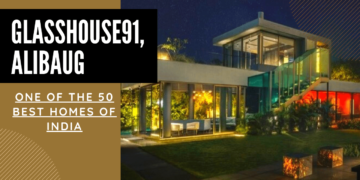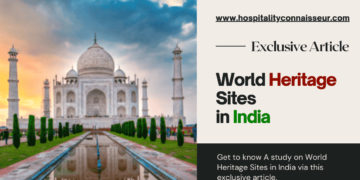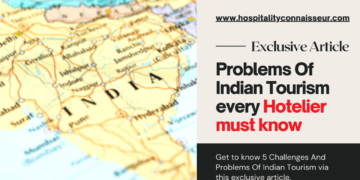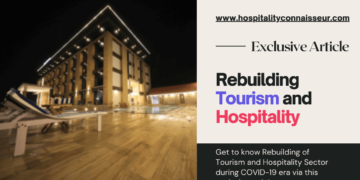“MYANMAR”
A country adorned with holy Pagodas.
Official Name: Myanmar.
Location: South East Asia.
Total Area: 06,76,575 km²
Total Population: 54.4 million.
Capital City: Naypyitaw.
Famous Cities: Yangon, Mandalay and Bago.
Official Language: Burmese.
Religion: Buddhism.
HISTORY
The mythical Indian name of Myanmar is ‘Brahmadesh’. The British came up with the name ‘Burma’ from the largest Burmese population residing in the Country. Burma is the largest country in South East Asia. The history of Burma’s beginnings is filled with the struggles of its native people and the Monks. In 1044, The king Anawrahta was ruling the kingdoms of Irrawaddy Delta and Thaton. Which was overthrown by Kublai Khan in 1287.
In the 16th century, the Toungoo dynasty was the Prime ruler of Burma. In 1758 Rangoon was made the capital of the country. Anglo-Burmese Wars of 1824–26, 1852, 1885, three conflicts that collectively forced Burma into a vulnerable position from which it had to concede British hegemony in the region of the Bay of Bengal. In 1937, the British liberated Burma. At the start of World War II, Japan occupied Burma. With the help of the Allies, Burma was released from the paws of Japan.
On January 4, 1948 Burma is celebrated as Independence Day. Burma almost liberated with India. Democracy began in India, while on the other hand, Burma continued to oppress by military rule. However, the Burmese military general has been much softer than before. With the grand victory of the ‘aung san suu kyi’, who launched the movement for democracy in the recent elections, the hope of establishing the democratic system of governance is bright.
CULTURE
The cultural exchanges between India and Myanmar are very old. This country was so influenced by Hindu culture that the towns were named after our cultural names like ‘Ayathia’ or even ‘Ayodhya’. During the reign of King Ashoka, Buddhism and culture spread so much in this country that even today the majority of people practice Buddhism.
Myanmar is the country known as the Golden Land in the world. It has full of tourist and sightseeing natural areas. Here the world heritage site, magnificent monuments, numerous pagodas, clean pollution-free seaside, beautiful gardens, unique lifestyle of people, hill stations and many other things attract people to visit Myanmar.
Yangon is the largest city in Myanmar. This ancient city is also known as the ‘Garden City of the East’. Yangon has world-famous pagoda, which is why Burma is also known as the country of the pagodas.
The ‘Buddhist stupa’ here is the sacred stupa of Buddhism. A beach named Ngapali is known as the ‘Naples of the East’, Which is one of the world’s most beautiful sea shores. In the caves made of limestone called Pindaya, there are years old statues of Buddha. The city Mandalay is known as the ‘City of Gems’ & There is a great development of literature and traditional art here.
There are several tourist cities located around this cultural city. Taunggyi is a famous summer resort city. Thousands of colorful river-streams flowing here are mind captivating. Myanmar is also full of natural beauty.
ECONOMY
The Rangoon (also known as Yangon) port, located near the Gulf of Martaban in Burma, is known for trade and commerce. The rice, millet, petroleum products, silver, lead, zinc, copper etc. are exported from here. Ship factories are also located here to build or repair Ships. Silk and wool fabrics are also made here, but Burma is still an underdeveloped country. Especially because of its political situation, The country has often faced difficult situations.
The people are very industrious and specialize in farming work. There are only two categories, rich and poor. The middle class does not exist here. The people of the country are facing mismanagement and corruption. Due to the lack of new education, youth cannot adapt to the new technology. Railway facilities are of the 19th century. The infrastructure is also not good. Energy generation is very stressful too. British-Burma, which made tons of money by exporting rice during the British Raj, is still economically distressed despite its abundant natural resources.
In 2007, the inflation rate was rising above 30%. But, the desire of good future & growth strategies, lead Burma to the current inflation around 6%.
CUSTOMS
Chinese-Buddhism also has an impact on the people of Burma. Thus some of their customs are similar to the Chinese culture. The impression of British Communism can be seen in the Reformed people. ‘Nat Dance’ is very popular here. Dance and ballads are similar to Thailand’s culture. People sing songs on a special occasion like when paddy is planted in the field, or in excitement.
In a marriage, like we Indians, They also enjoy with fervor and spend lot of money. But… Weddings are not held from July to October. Arranged marriage is not compulsory in boys and girls. Tribal Burmese women wear ‘Neck rings’ according to specific customs and its photos are very well known in the world.
Kachin Manaw Festival in January, Thingyan Festival in April, Festival of Lights in October are very well known and major festivals of Myanmar. Moreover Pagoda Festival during March is also a notable festival here & Football is a popular sport here.
CUISINE
China, India, and Thailand have an impact on Burma cooking. Very diverse cooking and drinking habits can be found in each regions of Burma. Each province has different dishes and in particular, each region have unique serving style. In coastal cities, seafood is consumed frequently. Items made from meat, eggs and rice are also sold frequently.
Various Salads are quite important in Burmese cuisine and these Salads are also very famous in the Hotels of Burma. Burmese people like to drink Lemon juice and Vinegar. Different breads and rice noodles are used as regular meals of the day. You will be surprised to know that Indian Bihari people can be seen on the streets of Yangon selling ‘Golgappa’.
This is Myanmar. A country of People, Rich Traditions and Growth Economy of the future.





























